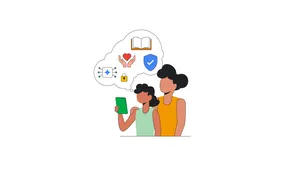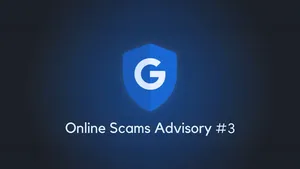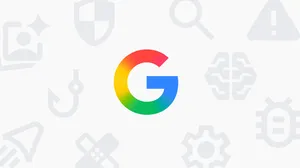Passwordless by default: Make the switch to passkeys
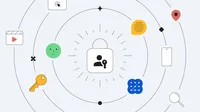
Earlier this year we rolled out support for passkeys, a simpler and more secure way to sign into your accounts online. We’ve received really positive feedback from our users, so today we’re making passkeys even more accessible by offering them as the default option across personal Google Accounts.
This means the next time you sign in to your account, you’ll start seeing prompts to create and use passkeys, simplifying your future sign-ins. It also means you’ll see the “Skip password when possible” option toggled on in your Google Account settings.
To use passkeys, you just use a fingerprint, face scan or pin to unlock your device, and they are 40% faster than passwords — and rely on a type of cryptography that makes them more secure. But while they’re a big step forward, we know that new technologies take time to catch on — so passwords may be around for a little while. That's why people will still be given the option to use a password to sign in and may opt-out of passkeys by turning off “Skip password when possible.”
We’ve found that one of the most immediate benefits of passkeys is that they spare people the headache of remembering all those numbers and special characters in passwords. They’re also phishing resistant.
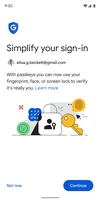
Passkeys in more places
Since launching earlier this year, people have used passkeys on their favorite apps like YouTube, Search and Maps, and we’re encouraged by the results. We’re even more excited to see the growing adoption of passkeys across industry. Recently, Uber and eBay have enabled passkeys — giving people the option to ditch passwords when signing-in on their platforms — and WhatsApp compatibility will also be coming soon.
The passwordless road ahead
We’ll keep you updated on where else you can start using passkeys across other online accounts. In the meantime, we’ll continue encouraging the industry to make the pivot to passkeys — making passwords a rarity, and eventually obsolete. For more information on how you’re safer with Google, visit myaccount.google.com/safer.


